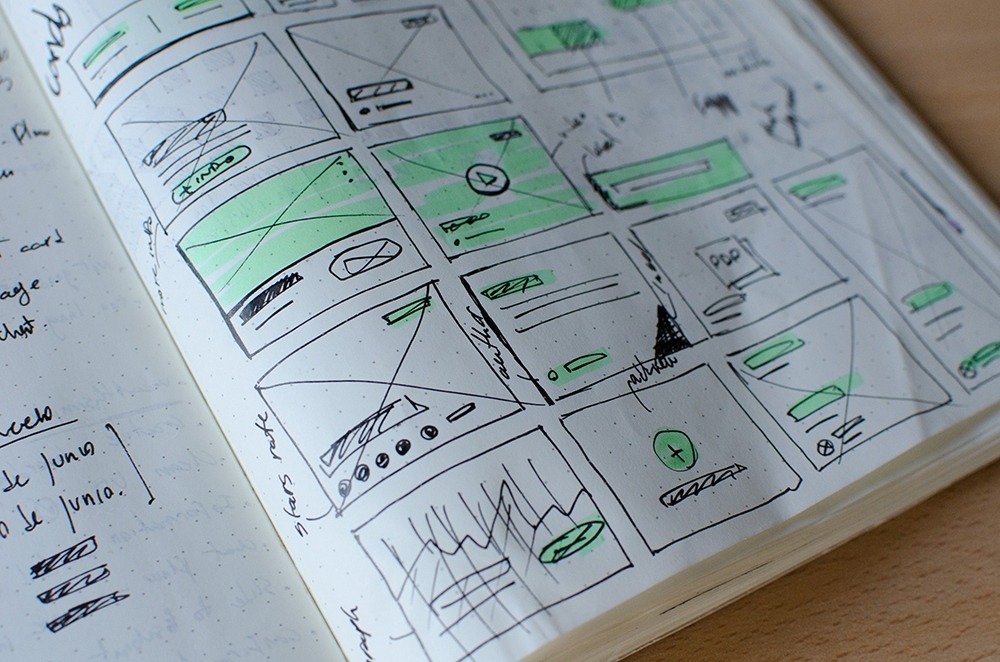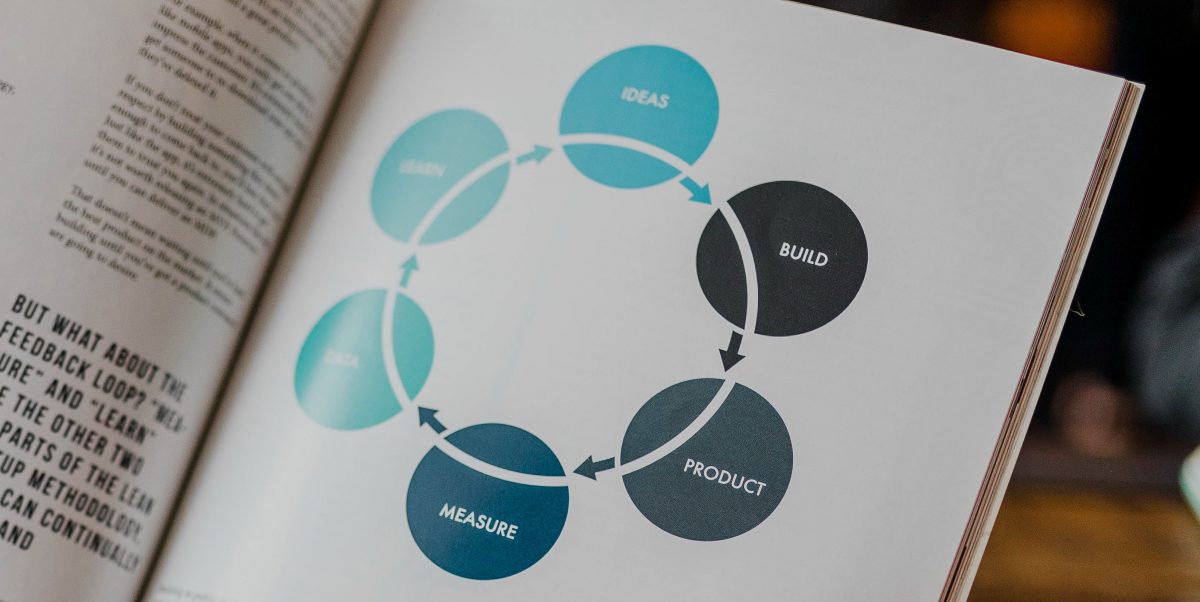The app startup industry is full of daunting challenges, but the big one for most of involves scoring that first investment. We live in a world where we’re constantly hearing news about startups receiving vast amounts of money in funding, which leads many to the impression that cash is being chucked at pretty much anybody with a good idea. Needless to say, this isn’t always the case.
Here at Messapps, a big part of my job involves helping potential clients get the funding they require. When it comes to companies not getting the investment they’re after, there’s usually one of two reasons behind it. These are:
- Not being prepared with financial estimates
- Not understanding the essentials of pitching an app idea
As such, it’s important we go through what we all need to include in our pitches, in order to boost our chances of getting that app investment.
Prepare Your Prototype
Want someone to invest in your app? The first step is always to have a fully designed and workable prototype. Bear in mind that the app market is barely a decade old, and this means that many leading investors still struggle to comprehend how an app might function unless they see it with their own eyes.
What’s more, making a prototype shows that you’re more than just an ideas person – you’re serious about making this app available. Execution and dedication trump ideas every time and if you’re not willing to put the effort and money into creating a real prototype, how can you expect anyone else to put up their cash to help you take it to the world?
Creating a prototype is easier than you might think:
- First, select 1-3 main user stories (or the sequence of screens seen by the user before achieving their aim) and design them.
- If you have access to funds, hire an app design and development company to help with the design. Low on funds? Use UI kits, which let you swiftly design a user story with simple drag and drop elements.
- Use InVision to run a prototype, and you’re all good to go!
Just a day of work putting in that time and effort to make a prototype can make a dramatic difference. It could even make the difference between a $1 million contract and struggling to do the grocery shopping for the week.

Next, think about how you’re going to make your pitch. We’ve all seen how they do it on Shark Tank and Dragon’s Den, but it doesn’t often go like that in real life at least, you rarely get to stand up in front of investors and show off your pre-prepared slides!
In reality, most pitches happen in an office somewhere, or over a coffee at a central cafe. If you think that your laptop and print-outs are going to fit comfortably between your pot of tea and slice of cake, then think again. Keep things simple, straightforward, and elegant by pulling up a prototype on your smartphone, and taking them through your app that way.
Prepare a Development Plan
Let’s assume at this point that the investors are keen on your idea. If so, they’ll want to know what it takes to execute it and bring it into fruition. App development can happen one of three ways:
- You can develop it yourself
- You can hire full-time developers
- You can involve an app development company
The choice you make will come down to the scope of your work, your budget for the project, and the skills you currently possess. For example, if you’re a top-notch developer, and have the skills and experience to polish up the app by yourself in under two months, then go ahead: do exactly that. However, that’s a rare thing in our industry, due to the fact that both back-end and front-end coding will be required and when was the last time you met a developer highly skilled in both?
If you’ve got access to a great budget, and know where to find great developers, set about assembling a full-time development team. There are some downsides here: you’ll need to pay decent salaries, and people can be unreliable (as I’m sure we all already know).
The other alternative is to hire an app development company. This option allows you to keep all your equity, steer clear of long-term commitments, and have access to a range of developers and designers with the skills you need. The only big drawback here comes down to the rates: as you probably know, app development company rates vary massively, from the relatively affordable, to the eye-wateringly expensive.
Whichever option you go for, be sure to create a milestone based on milestones and associated costs. Check out the average salaries, and speak with a number of app development companies to gather a range of quotes and further understand your options.
Having an app means running a business… so market it!
The app market features many differences which set it apart from other businesses. For example, once you’re ready to launch, you’ll already be set up with a distributor prepared to show off your app to the public. However, if you’re a breakfast cereal producer (for example), you’ll need to jump through various hoops and pay various fees in order to get shelf space in the stores. If you’re a business selling car parts, you need to pay for the real estate in which your business is placed, etc.
Apps are considerably different. With your launch, you already have your ‘real estate’ and shelf space, and incomes in the form of the App Store.
This actually causes some confusion in the way people think about apps. Many assume that merely because your app is visible on the app store, the developer just sits back and rakes in the money. How wrong could they be!
Having an app means running a business. If nobody knows about your app, nobody is going to use it and to acquire users, a marketing plan needs to be put in place.
There are loads of acquisition strategies out there. Here are a few of the most important:
- Undertake App Store optimization to ensure you rank highly for important keywords
- Launch a website with email signup, to notify users when your launch takes place
- Establish a budget for “cost per install” ads. These will allow you to pay only for users who install your app on their phone.
- Consider public beta tests that may help you obtain early loyal users
- Utilize general PR methods, and reach out to blogs, magazines, and influencers to get them to write about your product
Remember to take the time to study your competitors, and see how they market their product. By doing so, you’ll get an idea of your expenses and potential users. What’s more, you should always have those numbers to hand, should an investor ask about them!
Keep the pitching rules in mind
Despite the differences mentioned previously, apps still follow the primary pitching rules. Prepare your pitch deck clearly by conveying the problem(s) you’re solving, and lay out how you’re going to solve it, and what financial benefits you expect from your success.
Be both a salesperson and a storyteller. Make sure you know your numbers (but be sure to avoid slipping into boring accountant mode). Put across your passion – and remember, often it’s not the idea that’s being invested in, it’s you as a creative, a developer, an individual. If you’re enthusiastic and passionate, and you’re serious about the figures and the execution, the rest of the pieces should all fall into place.
It’s not always easy, and it sometimes takes far longer than we’d want in order to get the right investment. However, it’s important to not give up. Keep getting out there, reaching out to new investors, and making the connections you need to make. It’s just a matter of time before an investor gives you the funds you need to make your ideas fly.




